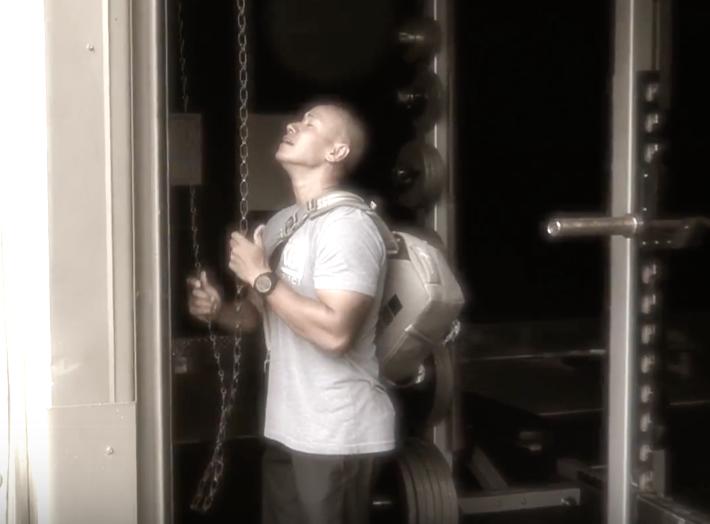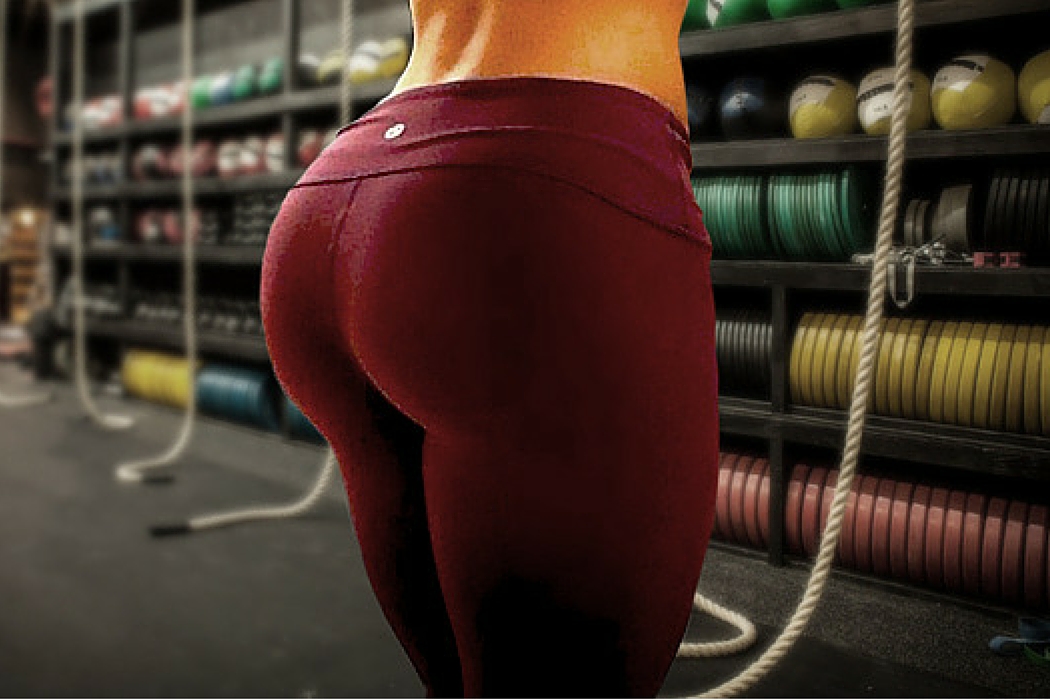One of the most common coaching cues I have to give is to stay tight.
It’s a common cue you’ll hear me yelling across the gym at an athlete who is about to lift something heavy. “I was told to inhale when I lower the weight and exhale when I lift the weight,” is what many of the athletes have told me.
Now, breathing is an important factor when it comes to exercise. I actually enjoy it when I go to Yoga and the instructor is coaching not just the movement but also making sure everyone is breathing properly. But when it’s time to lifting a heavy ass weight, there’s something else you need to take in consideration – Attitude.
This is also where the Valsalva Maneuver comes in.
In the video above, you’ll see lifts where it’s pretty important that you practice the Valsalva Maneuver in order to complete them and make sure your body STAYS TIGHT!
Many weightlifters have you used the Valsalva Maneuver (VM), even if they don’t really know what it is. When you use the VM during weightlifting, you keep your spine in a neutral and stable position in order to reduce risk of injury and continue progression.
The National Strength and Conditioning Association (NSCA)’s Essentials of Strength Training and Conditioning outlines the biomechanics behind the maneuver:
“When the diaphragm and the deep muscles of the torso contract, pressure is generated within the abdominal cavity. Because the abdomen is composed mainly of fluid and normally contains very little gas, it is virtually incompressible. The abdominal fluids and tissue kept under pressure by tensing surrounding muscle (deep abdominal muscles and diaphragm) have been described as a “fluid ball” that aids in supporting the vertebral column during resistance training. Such support may significantly reduce both the forces required by the erector spinae muscles to perform an exercise and the associated compressive forces on the disks.”
Weightlifters, Powerlifters, and CrossFitters can benefit keeping the torso rigid while executing a lift of a large load. While this technique could aid in your next PR, there are some risks involved with the valsalva maneuver – especially amongst those with heart conditions.
The VM will increase your blood pressure and increase the chances of blacking out. If you’ve tried to lift a heavy ass load and experienced seeing black spots. That’s pretty close to blacking out and losing more brain cells.
When it comes to using the Valsalva Maneuver, we suggest you use it with lifts of shorter durations. Stick to VM in the 1-5 rep range where the application of maximum force is most needed.
Keep it tight, Keep it Kū!




